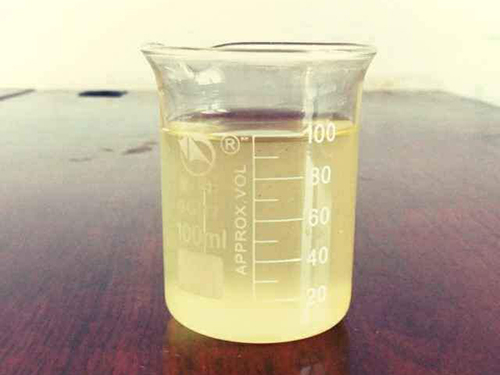Exploring the Benefits and Uses of Anionic PAM in Various Applications and Industries
The Role of Anionic Polyacrylamide (PAM) in Water Treatment and Soil Improvement
Anionic polyacrylamide (PAM) is a type of water-soluble polymer widely used in various applications, notably in water treatment and soil improvement. Its unique properties, such as high molecular weight and anionic charge, make it an effective agent for enhancing the physical and chemical properties of both water and soil.
Water Treatment Applications
One of the primary uses of anionic PAM is in water treatment processes. It serves as a flocculant, facilitating the aggregation of suspended particles in water bodies. When added to water, PAM forms a gel-like structure that binds fine particles, including silt, clay, and organic matter. This aggregation allows for easier sedimentation and removal of impurities, leading to cleaner water.
PAM is particularly effective in the treatment of industrial wastewater, where it aids in the clarification process, thereby improving the efficiency of settling tanks or clarifiers. The deployment of anionic PAM not only enhances the removal of contaminants but also reduces the chemical dosing required, making the overall process more economical and environmentally friendly.
Moreover, in municipal water treatment facilities, PAM is utilized to enhance the filtration processes by increasing the size of the suspended solids. This improved particle size facilitates easier removal, contributing to the production of higher-quality drinking water. By employing PAM in these systems, municipalities can meet regulatory standards for water quality while minimizing operational costs.
Soil Improvement Benefits
anionic pam

Beyond its applications in water treatment, anionic PAM plays a significant role in agricultural practices as well. When used in soil management, PAM helps improve soil structure, increase water retention, and reduce soil erosion. This is particularly beneficial in arid and semi-arid regions where water scarcity is a pressing issue.
When applied to soil, anionic PAM interacts with soil particles to create stable aggregates, which improves porosity and aeration—a vital factor for plant growth. These aggregates enable better infiltration of water into the soil, allowing crops to utilize water resources more efficiently. In addition, by enhancing soil stability, PAM reduces surface runoff and erosion, preserving vital topsoil and nutrients.
Farmers using PAM-treated soils often report improved crop yields due to the enhanced moisture retention and nutrient availability. Additionally, the application of PAM can reduce the need for excessive irrigation, thus conserving water resources in agricultural systems.
Environmental Considerations
While the benefits of anionic PAM are significant, it is essential to consider its environmental impact. PAM is generally regarded as safe when used as directed; however, care must be taken to prevent its entry into aquatic ecosystems in large quantities, as it can potentially affect aquatic organisms. Responsible application rates and monitoring are crucial to ensure that its use does not impair local water quality.
In summary, anionic polyacrylamide is a versatile and valuable tool in both water treatment and agricultural practices. Its ability to enhance sedimentation in water treatment processes and improve soil structure and water retention in agriculture contributes significantly to environmental management and sustainable practices. As the world continues to face challenges related to water scarcity and soil degradation, the role of PAM is likely to grow, offering innovative solutions for a more sustainable future.
-
Water Treatment with Flocculant Water TreatmentNewsJun.12,2025
-
Polymaleic AnhydrideNewsJun.12,2025
-
Polyaspartic AcidNewsJun.12,2025
-
Enhance Industrial Processes with IsothiazolinonesNewsJun.12,2025
-
Enhance Industrial Processes with PBTCA SolutionsNewsJun.12,2025
-
Dodecyldimethylbenzylammonium Chloride SolutionsNewsJun.12,2025





